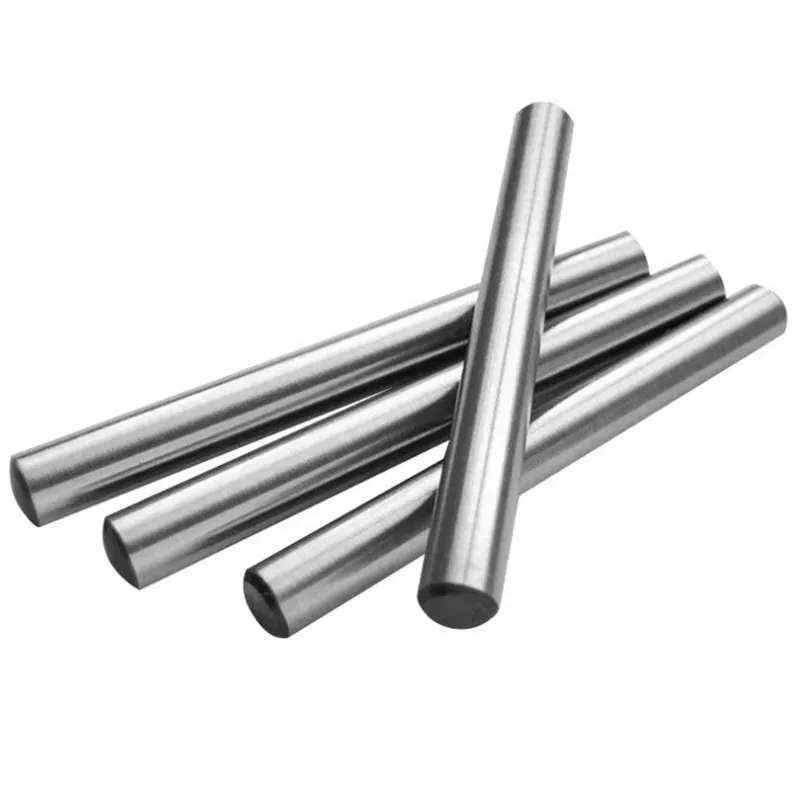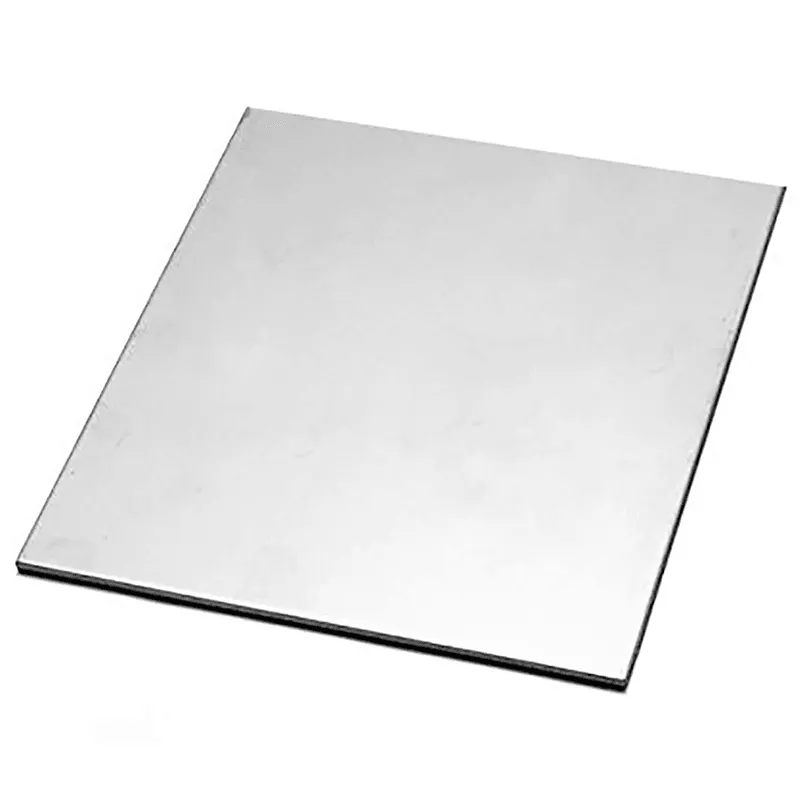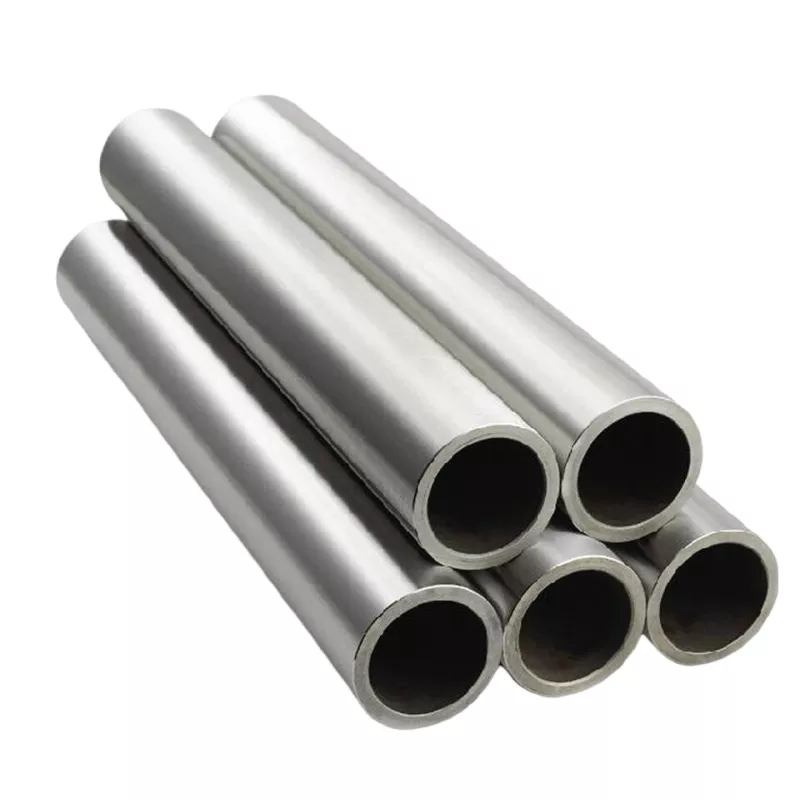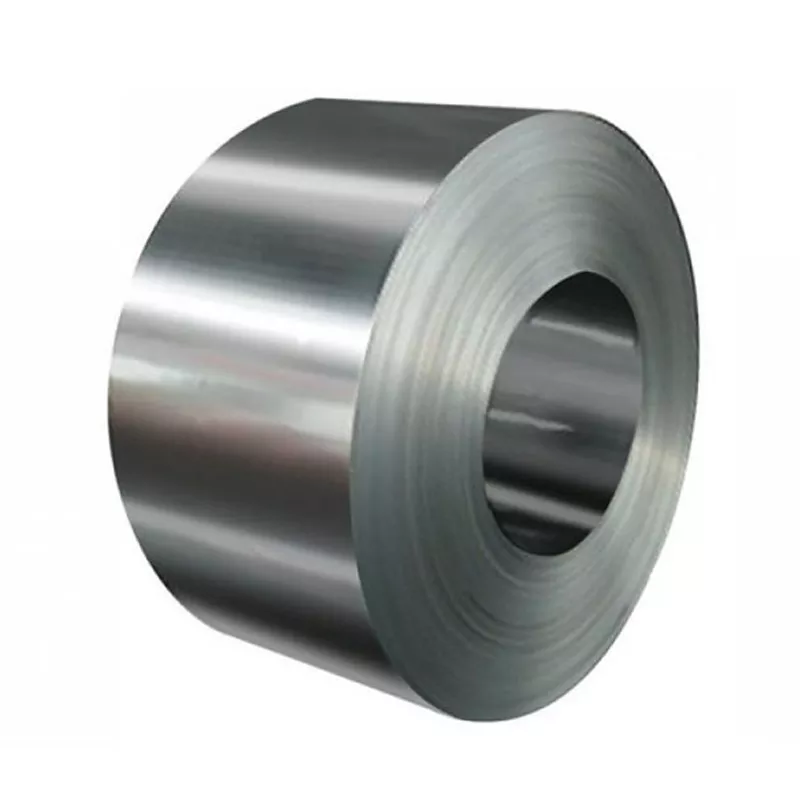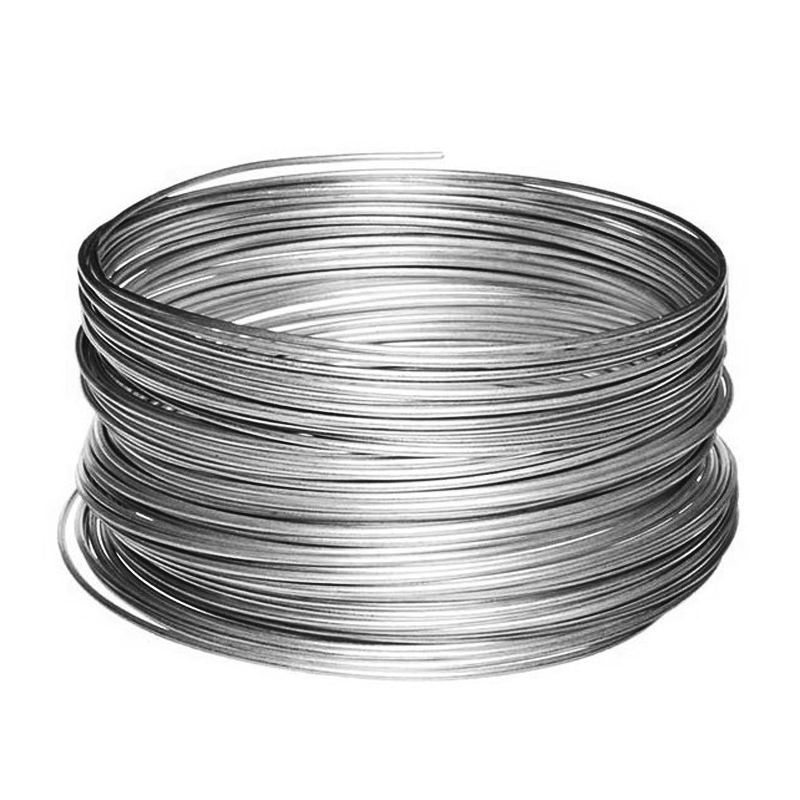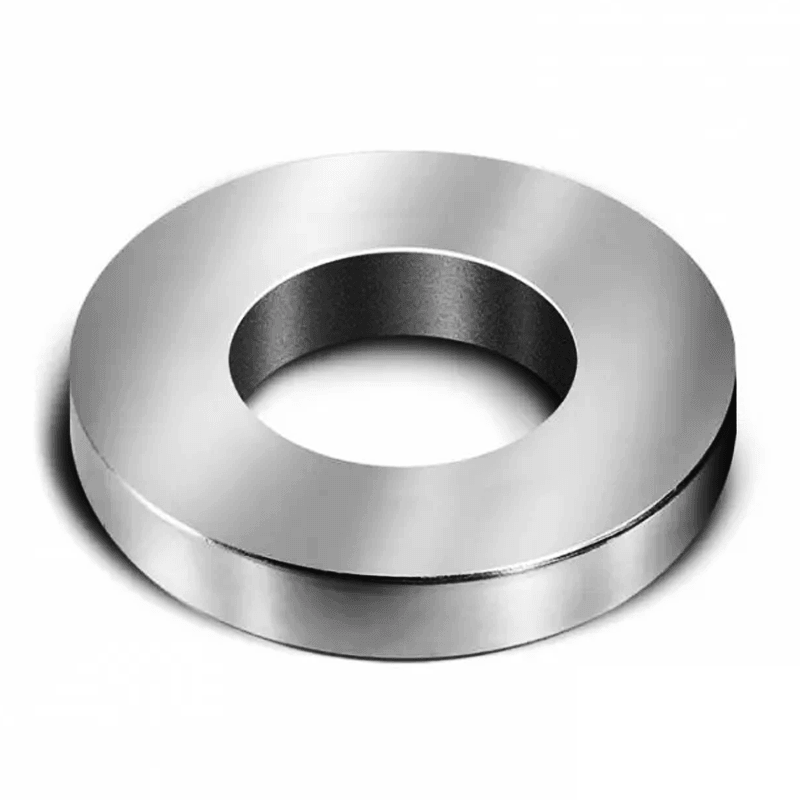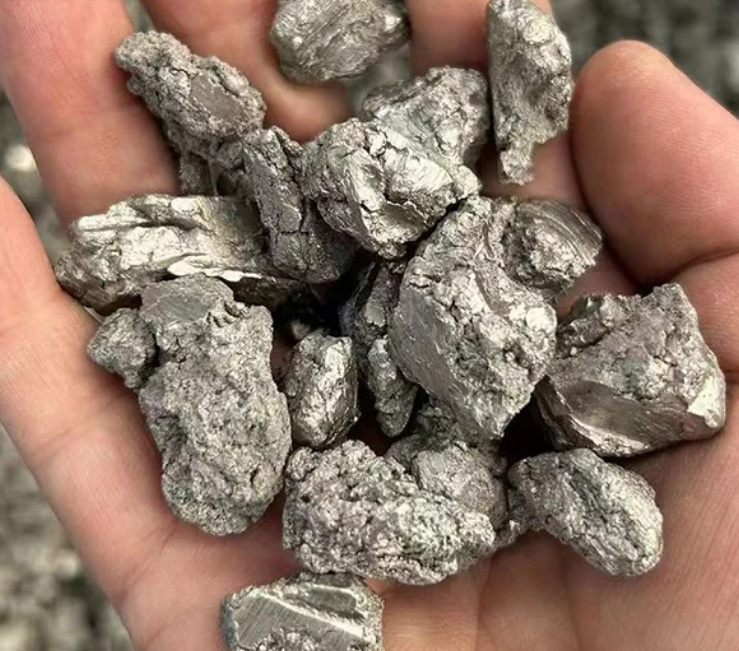Titanium tubes products are known for their high cost, and there are several factors that contribute to their expensive nature. From its extraction and processing to its unique properties, titanium commands a premium price in the market. Let’s explore the reasons behind the high cost of titanium products.
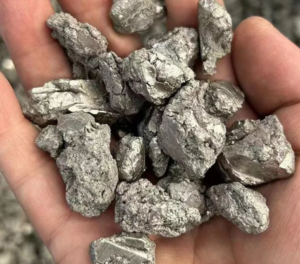
1. Rarity and Difficulty of Extraction:
Titanium is a relatively rare element, making up about 0.57% of the Earth’s crust. This scarcity means that titanium deposits are not as abundant as those of other metals like iron or aluminum. Additionally, titanium is often found in mineral sands, which can be challenging and costly to extract. The extraction process involves separating titanium from other elements such as iron, aluminum, and silica, which requires complex and energy-intensive methods. As a result, the scarcity and difficulty of extraction contribute to the high cost of titanium products.
2. Processing and Manufacturing:
Once titanium has been extracted, it must undergo a series of complex processes to transform it into usable products. These processes include melting, casting, forging, and machining, all of which require specialized equipment and expertise. Titanium’s high melting point and reactivity with oxygen also make it more challenging to process than other metals. Furthermore, the cost of maintaining a clean and controlled environment to prevent contamination during processing adds to the overall expense. As a result, the intricate processing and manufacturing requirements contribute to the high cost of titanium products.Titanium is usually processed into titanium tubes, plates, rods, wires, flanges, etc.
3. Unique Properties and Performance:
Titanium is renowned for its exceptional strength-to-weight ratio, corrosion resistance, and biocompatibility. These properties make it highly desirable for a wide range of applications, including aerospace, medical implants, marine equipment, and sporting goods. However, the unique properties of titanium also contribute to its high cost. Its superior performance compared to other materials means that it can command a premium price in the market. Industries that require the specific benefits of titanium are willing to pay more for its unparalleled properties, further driving up the cost of titanium products.
4. Specialized Applications and Demand:
The demand for titanium products is driven by their suitability for specialized applications where other materials may not suffice. For example, in aerospace and defense, titanium’s combination of strength and low density makes it an ideal choice for aircraft components. In the medical field, its biocompatibility and resistance to corrosion make it invaluable for surgical implants. The demand from these niche markets further contributes to the high cost of titanium products, as manufacturers can justify higher prices due to the unique requirements of these industries.
5. Research and Development:
The development of new titanium products often involves extensive research and testing to ensure their performance and reliability. This investment in research and development adds to the overall cost of titanium products. Additionally, ongoing efforts to improve manufacturing processes, develop new alloys, and explore innovative applications for titanium require significant financial resources. As a result, the expenses associated with research and development contribute to the high cost of titanium products.
In conclusion, the expensive nature of titanium tubes can be attributed to a combination of factors including rarity, complex extraction and processing, unique properties, specialized applications, and ongoing research and development. While the high cost may present challenges for widespread adoption, the exceptional characteristics of titanium continue to drive demand across various industries. As technology advances and manufacturing processes become more efficient, there may be opportunities to mitigate some of the cost factors associated with titanium products in the future.

